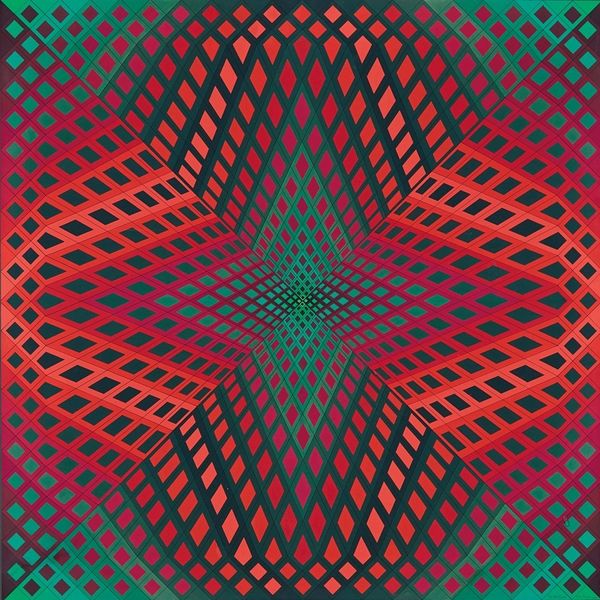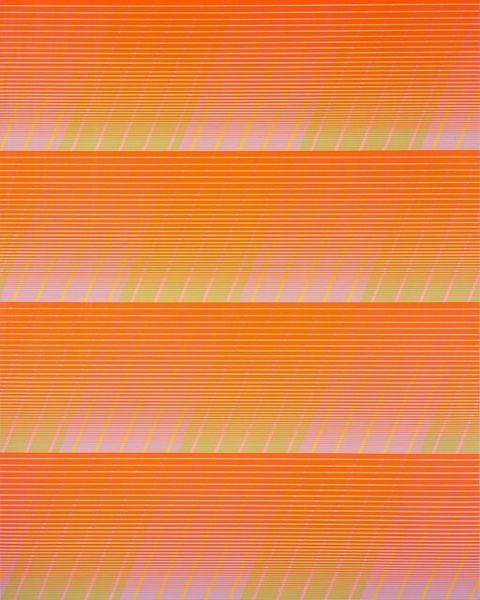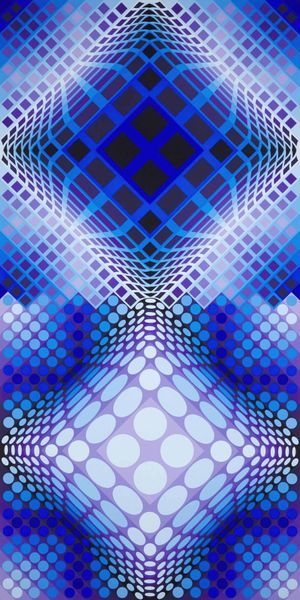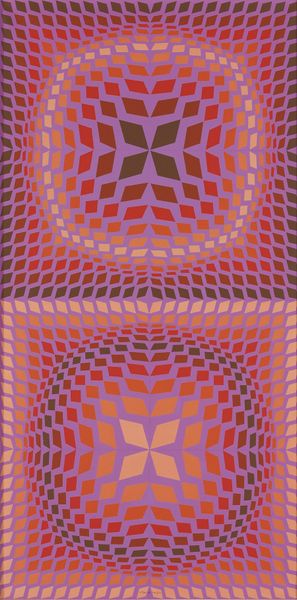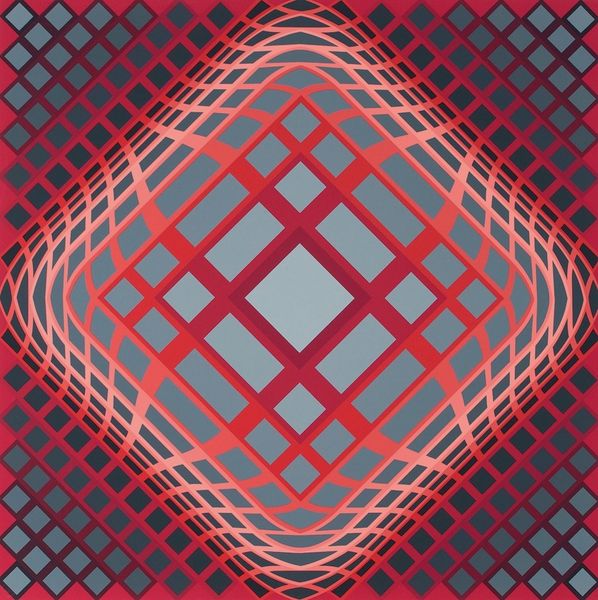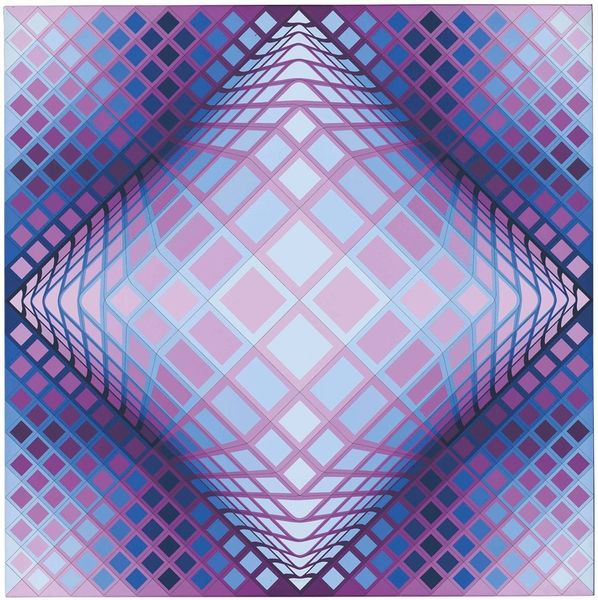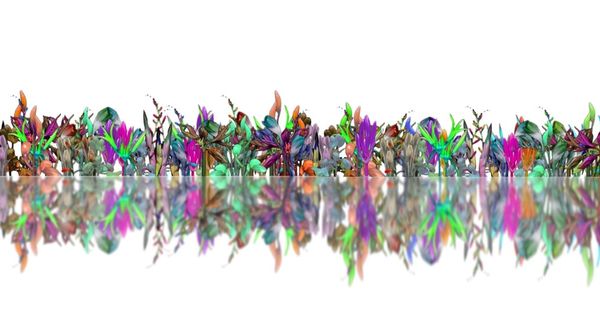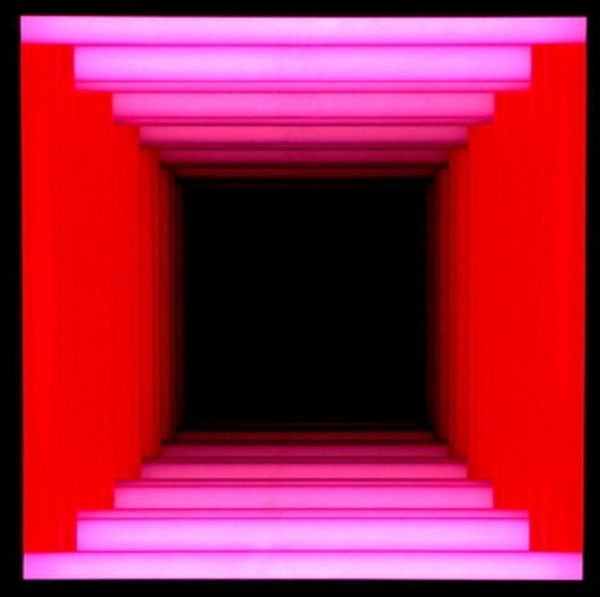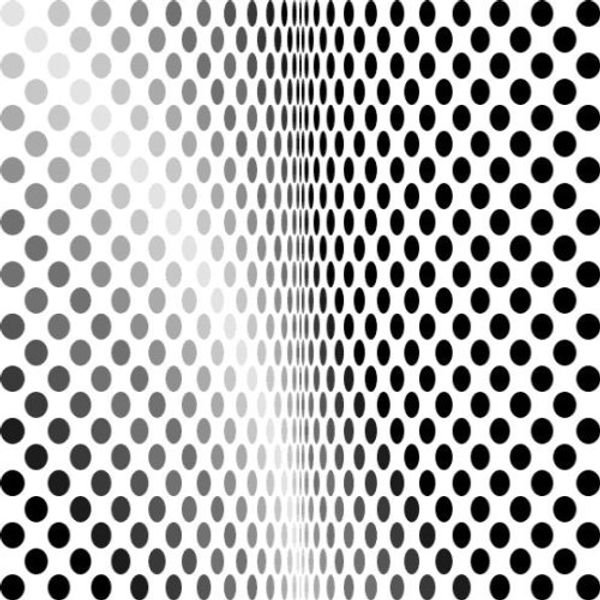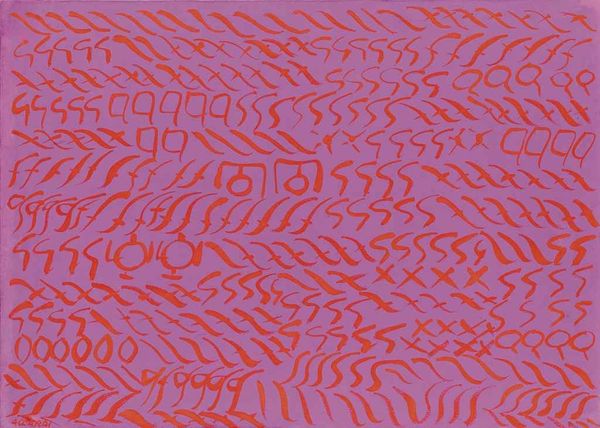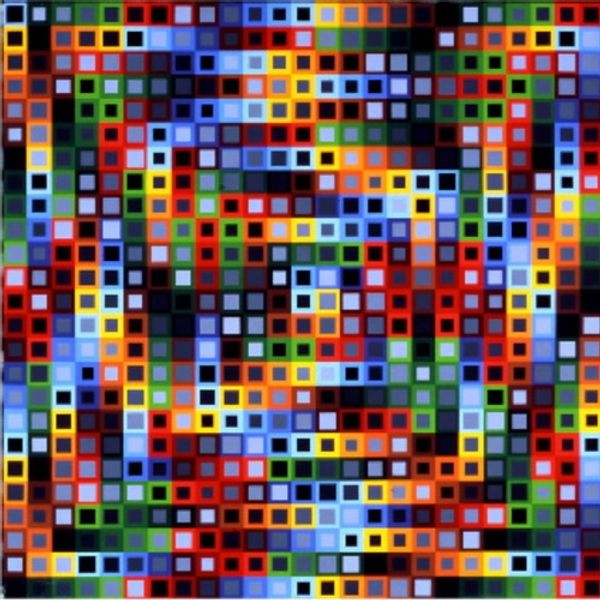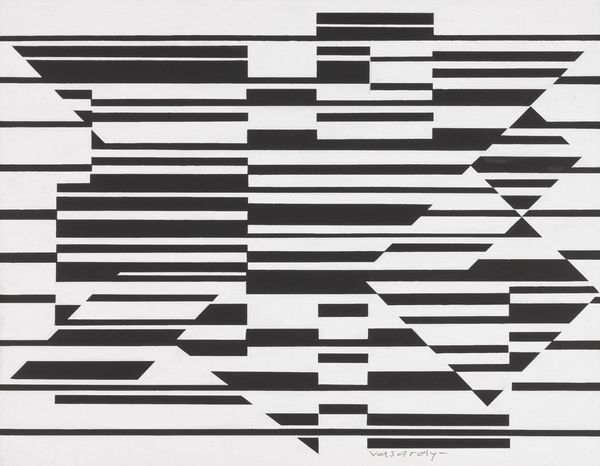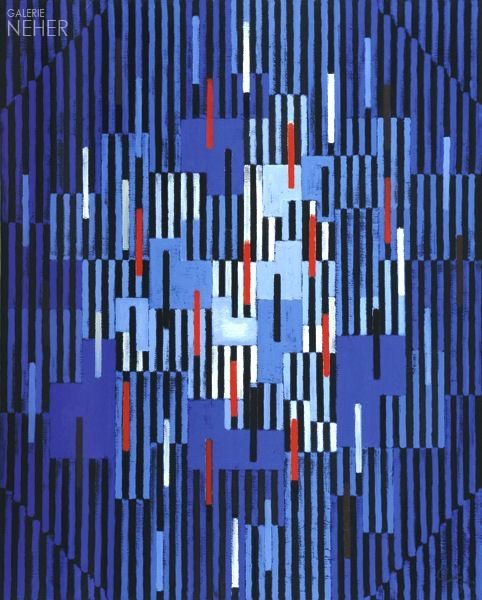
textile
#
pattern
#
textile
#
geometric pattern
#
geometric
#
abstraction
#
line
#
digital-art
Copyright: Abraham Palatnik,Fair Use
Editor: So this is "Untitled" by Abraham Palatnik; its medium is textile. It creates this almost vibrating, moiré effect that’s really quite captivating, despite its simple lines and geometric patterns. How do you interpret this work, considering the cultural context? Curator: The title “Untitled” suggests a resistance to prescribed meaning, placing the onus on the viewer, which can be very powerful. Palatnik was deeply engaged in abstraction, particularly its potential to create experiences independent of representation. We should remember that this occurred in a period marked by political unrest, particularly in South America; How do you think abstraction served in times of oppressive political regimes? Editor: Maybe abstract art provided a space to explore feelings and ideas without directly challenging the regime through obvious references, a subtle form of dissent maybe? But beyond the political backdrop, what do you think about the aesthetics? Curator: Visually, Palatnik’s "Untitled" engages with Op Art traditions. He seemed to create almost hypnotic effects through optical illusions, and such artists like Palatnik created works that were displayed within constructed social and institutional spaces to question viewers’ understandings of perception and challenge established orders. Think about how these vibrant textiles ended up being exhibited—did they challenge traditional gallery setups or reflect contemporary architectural trends of the time? Editor: So, beyond the aesthetics, he's really working with institutional context of what it means to make, show, and see art. I find the layers in that interplay pretty interesting. Curator: Absolutely, understanding the context can change how we perceive these “Untitled” textiles. Editor: I agree, that changes everything for me. Thanks!
Comments
No comments
Be the first to comment and join the conversation on the ultimate creative platform.
